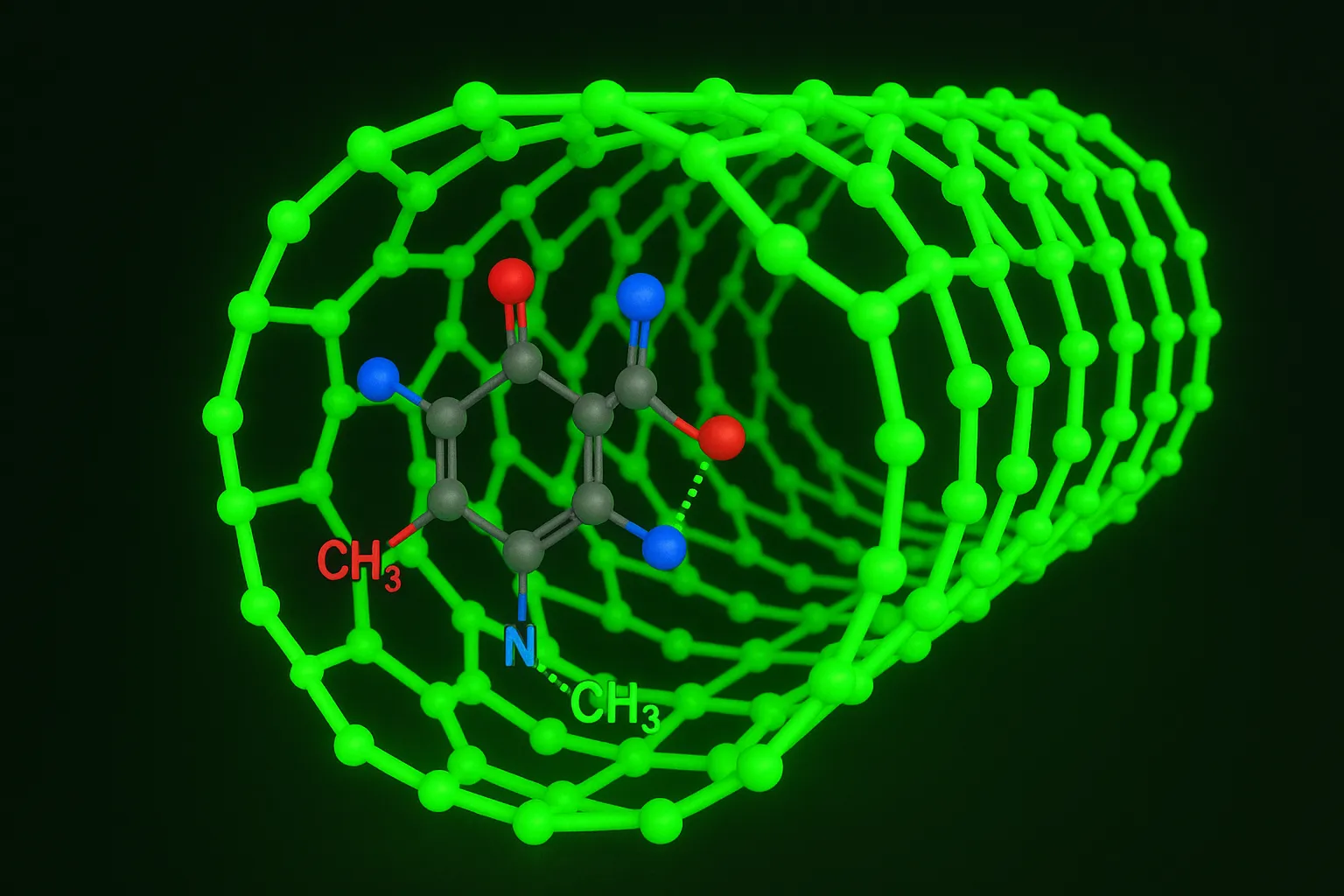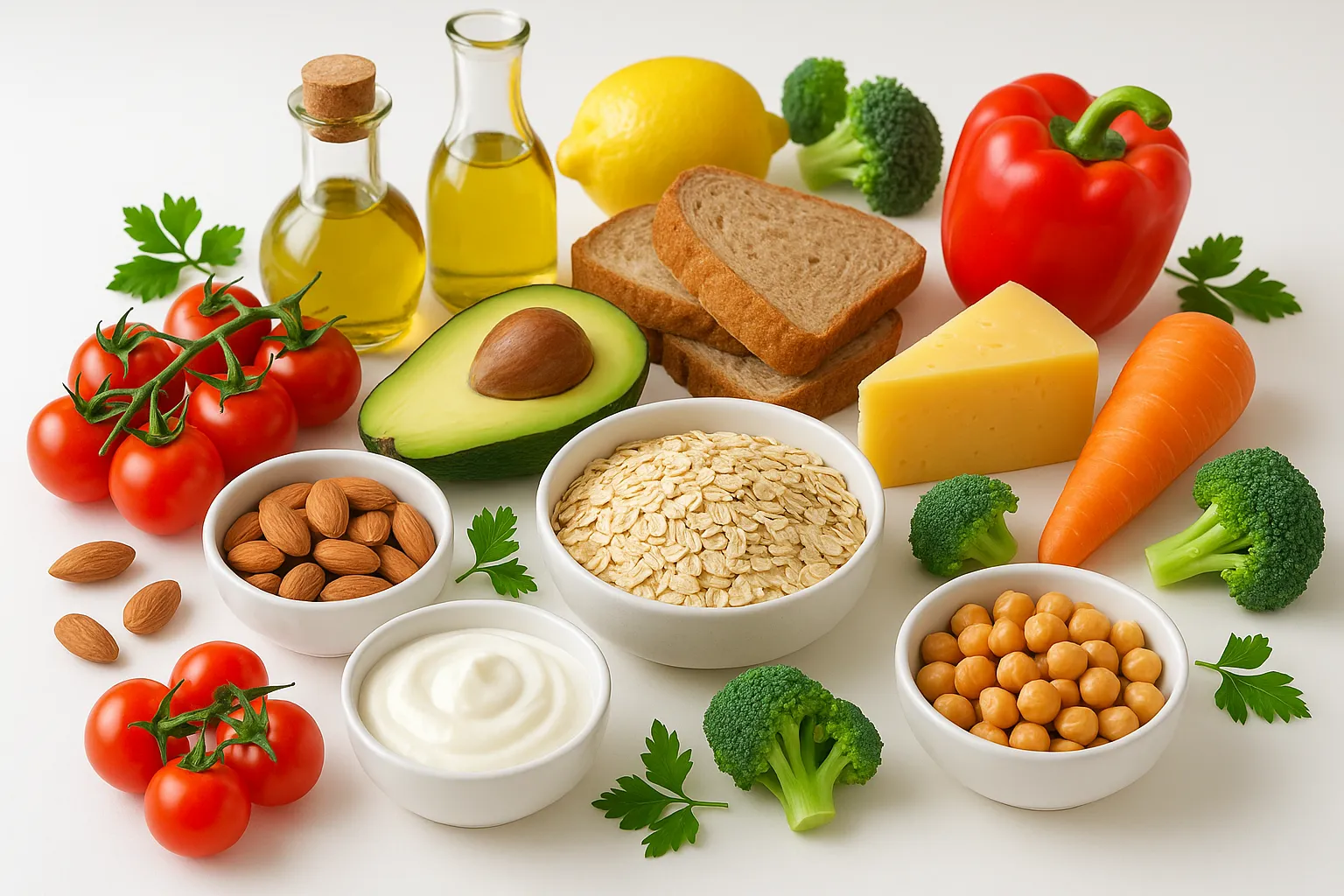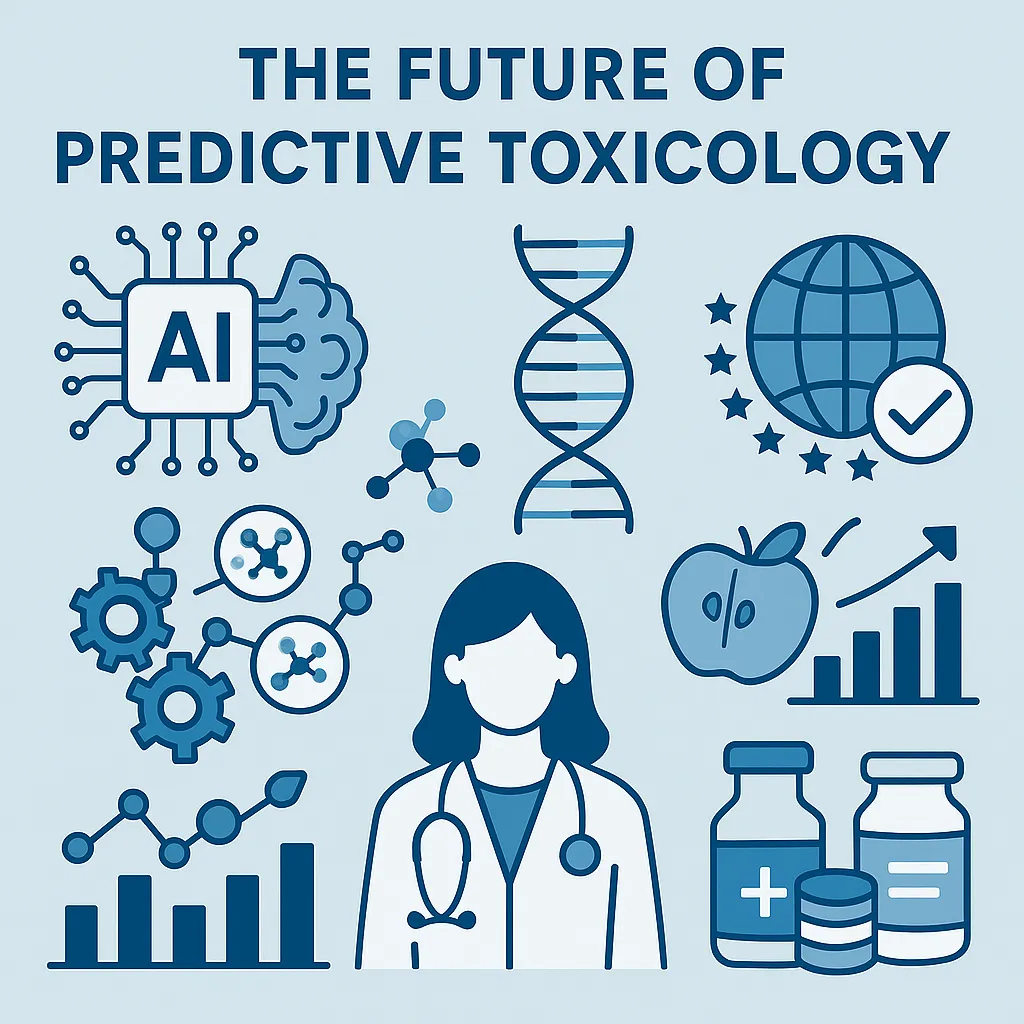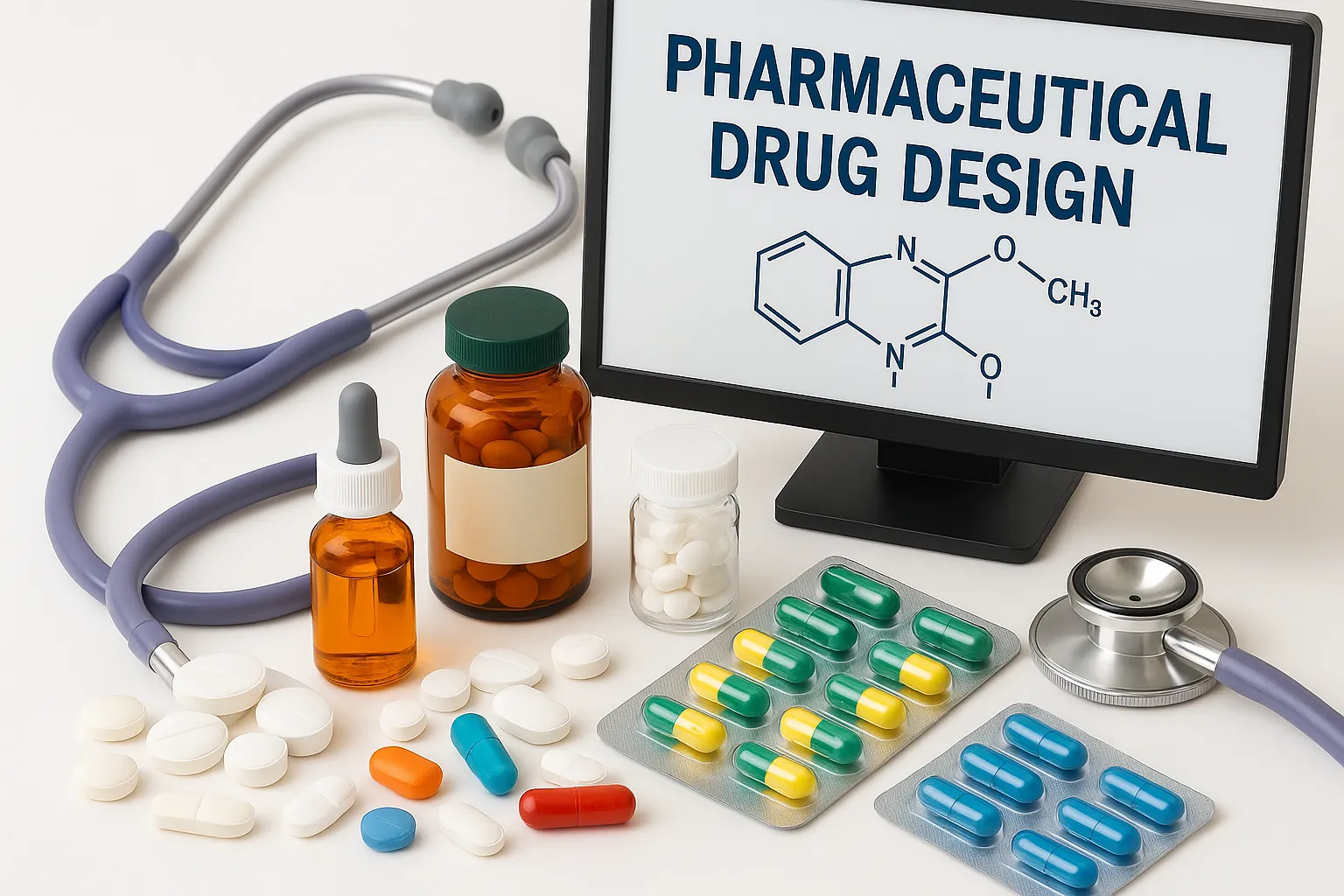
Predictive Toxicology Services at In Silico Molecular Discovery – ISMD
At In Silico Molecular Discovery, we detect and identify potentially hazardous compounds, and uncover toxicity patterns and risks using similarity-based principles. These insights are derived from sources such as proprietary (“in-house”) datasets and virtually generated chemical libraries.
We apply these methods to assess the safety profiles of compounds found in:
Food ingredients and additives
Botanical extracts (e.g. in flavours and herbal medicines)
Nanotubes and nanomaterials
Drug leads and pharmaceutical development activity / formulations
Environmental and ecological systems
Plastics and polymers
ISMD advanced models can simulate the metabolism of mixtures and complex compounds, evaluating the toxic potential of both individual components and their byproducts. This provides a deeper understanding of exposure pattern and risks in complex mixtures—far beyond the limitations of single-compound testing.
These services are playing an increasingly critical role across multiple sectors, particularly as ethical and regulatory frameworks continue to shift towards alternatives to animal testing.
For food products and all other predictive assessments in other areas, we also investigate:
LD50 values (lethal dose)
NOAEL (No Observed Adverse Effect Level)
Toxicity profiles of metabolites, breakdown products and relative toxicities
Activity against Cytochrome P450 enzymes (for foods and botanicals but also for pure compounds)
Risks of bioaccumulation or environmental persistence
Contact us to discuss your project

What is Predictive Toxicology?
Predictive Toxicology is a field that uses computational tools, database searches, cheminformatics, and scientific models to anticipate the harmful effects of chemical substances on human health and the environment—without needing to expose humans or animals to those substances.
Why is Predictive Toxicology important today?
Predictive Toxicology supports faster, more ethical, and potentially safer decision-making across industries such as food, pharmaceuticals, cosmetics, and environmental safety. As regulations increasingly favour alternatives to animal testing, these approaches are becoming more essential for modern safety assessment.
What scientific approaches are used in Predictive Toxicology?
Key approaches in Predictive Toxicology include:
Machine Learning (ML) models
Quantitative Structure–Activity Relationship (QSAR) analysis
Structure–Activity Relationship (SAR) interpretation
Toxicity prediction software
Database mining and cheminformatics tools
What is QSAR?
QSAR stands for Quantitative Structure–Activity Relationship. It mathematically relates the chemical structure of compounds to their biological or toxic effects, enabling predictions without lab testing.
How does SAR complement QSAR?
SAR provides qualitative, expert-driven insight into structure–function patterns. Human judgment is critical when selecting descriptors, curating data, or interpreting outliers in QSAR models.
Applications and Use Cases:
In what industries or products can Predictive Toxicology be applied?
Predictive Toxicology is used across multiple sectors, including:
Food toxicity / safety and novel food ingredients and food additives
Nutraceutical and agroceutical formulations
Pharmaceutical drug design
Herbal medicine development
Cosmetics and personal care products
Environmental and chemical risk assessments (e.g., plastics, nanotubes)
How does Predictive Toxicology help in these sectors?
By identifying toxicity patterns early, Predictive Toxicology helps reduce development risks, improving product safety, reducing reliance on animal testing and helping meet regulatory compliance more efficiently.

How does Predictive Toxicology reduce ricks in development programmes and regulatory submissions?
By providing virtual, science-based assessments, Predictive Toxicology enables early risk identification and screening. It can help to:
Potentially reduce or eliminate toxic active leads early in development, decreasing the likelihood of costly late-stage failures, for example, in development programmes.
Potentially replace in vivo testing in certain aspects of regulatory dossier submissions, supporting more ethical and efficient processes in some emerging cases.
Is Predictive Toxicology accepted by regulators?
Increasingly, yes. Agencies like the EPA, EFSA, FDA, and OECD support and even encourage the use of New Approach Methodologies (NAMs), including Predictive Toxicology models such as QSAR and in silico tools, especially under frameworks like REACH.
How does Predictive Toxicology fit into Safety Assessment Workflows?
Predictive Toxicology provides:
Early-stage risk flags
Prioritisation of substances for further testing
Insight into mechanism of action
Input for regulatory dossiers
Guidance for safer compound design
Can predictive models guide the development of safer products?
Absolutely. By identifying hazardous patterns, companies can reformulate or select alternative ingredients early—avoiding costly late-stage failures.
Examples of Tools and Software: What are some popular tools in predictive toxicology?
Common tools include:
Toxtree and VEGA (open-source)
OECD QSAR Toolbox
KNIME workflows with ML
Tox21 and ToxCast datasets
Commercial platforms like Derek Nexus, Leadscope, and ADMET Predictor
Limitations and Future Directions
Challenges of Predictive Toxicology include:
Quality and completeness of training data
Complexity of biological responses not always captured
Regulatory lag in some sectors
Difficulty predicting long-term or synergistic effects
What is the future of Predictive Toxicology?

The future is bright! It lies in:
Integration with AI, multi-omics, and systems biology
Personalised toxicology (genetic-based predictions)
Precision Medicine and Nutrition
Enhanced transparency and standardisation of models
Greater acceptance in regulatory frameworks globally
Multi-omics refers to the integrated analysis of multiple “omics” datasets—such as genomics, transcriptomics, proteomics, metabolomics, and more—to gain a comprehensive, systems-level understanding of biological processes, disease mechanisms, or responses to treatments or exposures (e.g., toxicants). In simpler terms: Multi-omics helps scientists see how genes, proteins, and metabolites work together (like different layers of a complex orchestra) to understand the full picture of how life functions or how something goes wrong.
| Omics Layer | Focus | Example Question It Answers |
|---|---|---|
| Genomics | DNA sequence and gene variants | “What genes are present or mutated?” |
| Transcriptomics | RNA expression (gene activity) | “Which genes are turned on or off under certain conditions?” |
| Proteomics | Proteins and their modifications | “What proteins are being made and how are they changing?” |
| Metabolomics | Small molecules and metabolic pathways | “What metabolic products are present or disrupted?” |
| Epigenomics | DNA methylation and histone modifications | “How is gene activity regulated without changing the DNA?” |
| Microbiomics | Microbial communities (e.g., gut microbiome) | “What microbes are present and what do they do?” |
